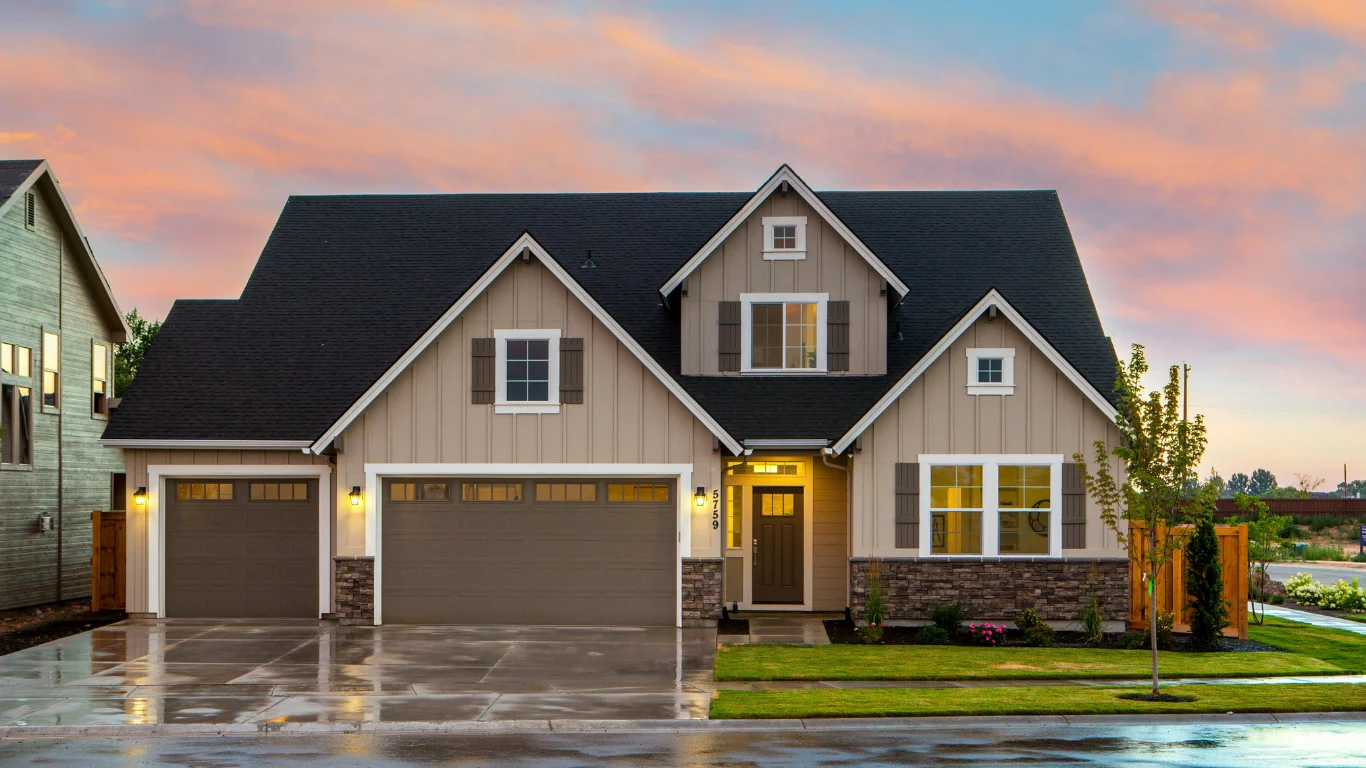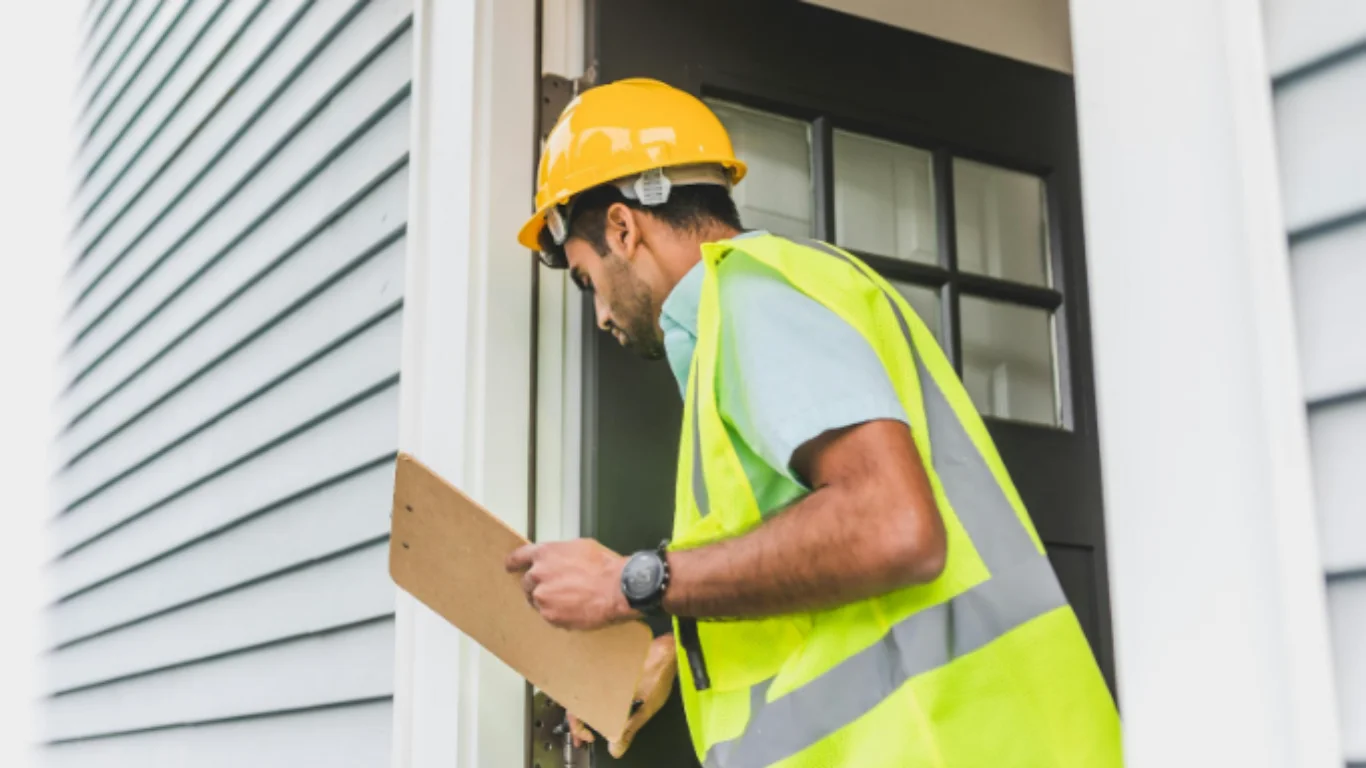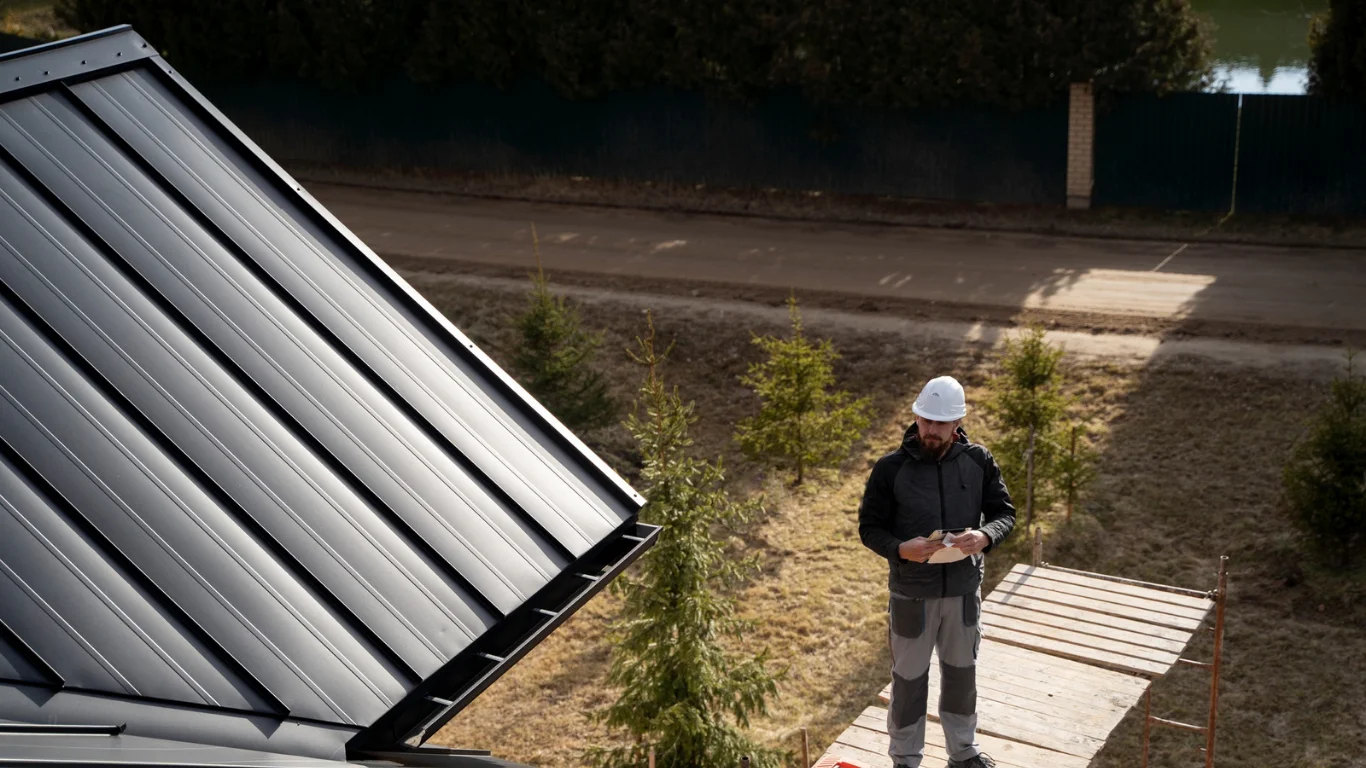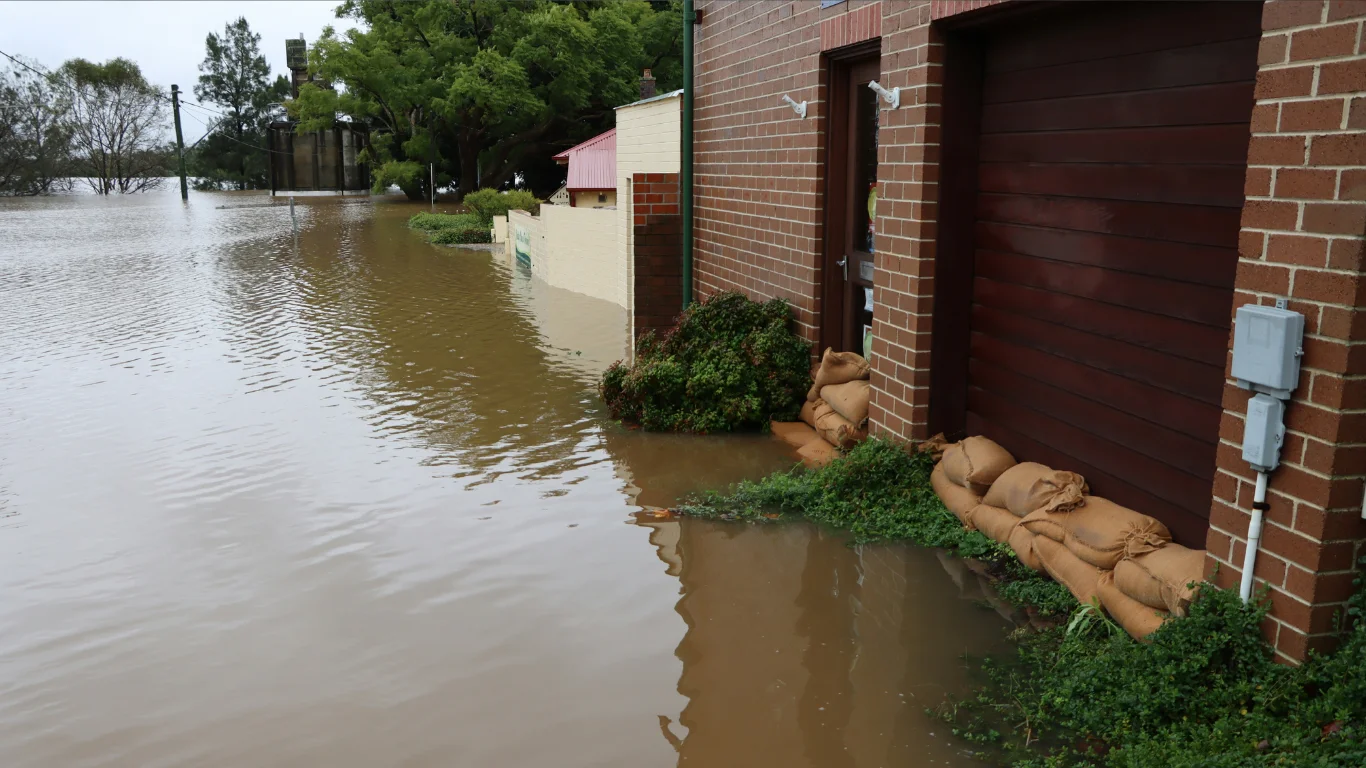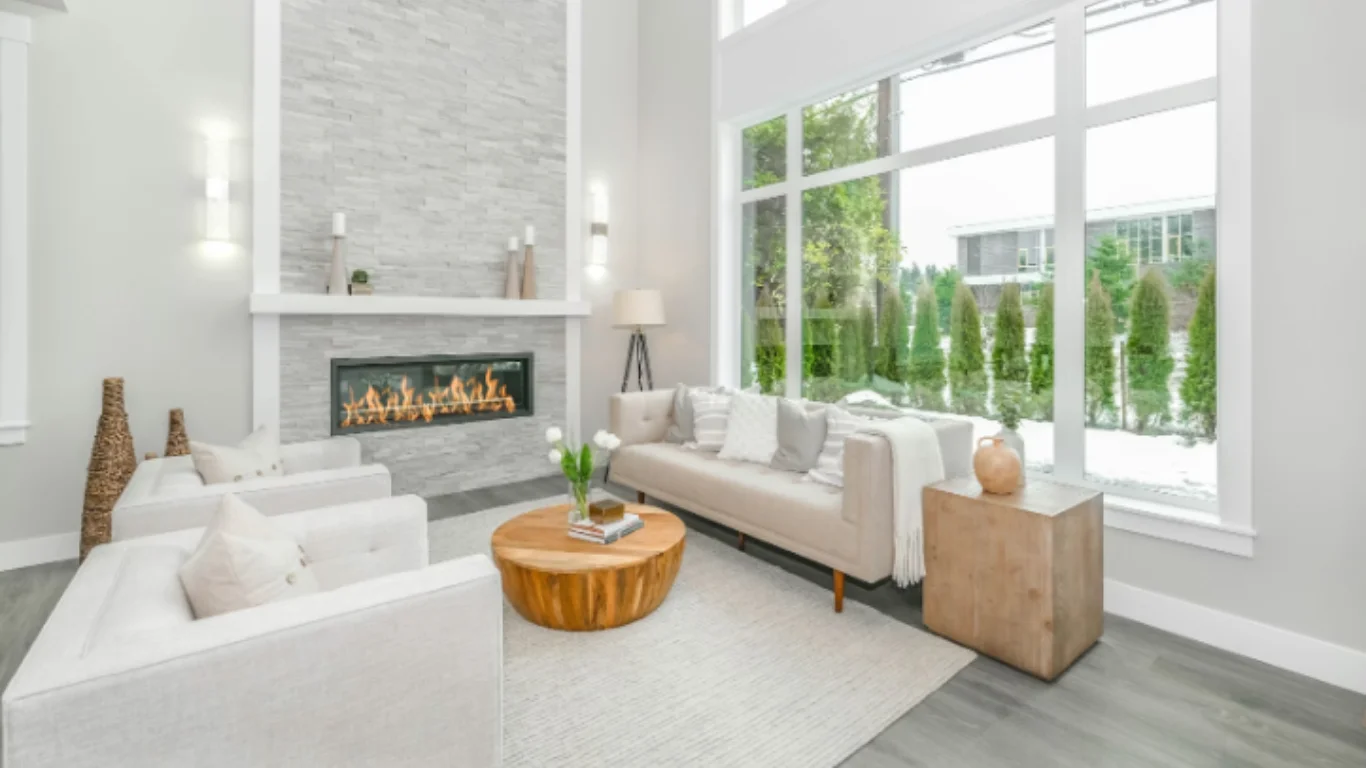Moving into a new home is exciting. You’re setting up furniture, decorating rooms, and getting used to the neighborhood. But while you’re settling in, there’s one thing you shouldn’t ignore—your plumbing system. It’s easy to take it for granted until something goes wrong.
If you recently bought a home in Brockport, NY, you know the area has older homes and seasonal weather that can affect plumbing systems. Cold winters and heavy rains can create extra pressure on pipes and drains. That’s why it’s smart to go through a simple plumbing maintenance checklist early on. Taking time to inspect your home now can save you from unexpected repairs later.
This guide will walk you through practical steps to keep your plumbing system in good shape. You don’t need to be an expert to follow along. Just set aside some time and go through each part of the checklist.
1. Inspect Your Basement and Foundation First
Start your plumbing inspection in the basement. This is where most of your water lines, drains, and key equipment are located. Check the walls and floor for any damp spots or standing water. Even a small puddle can point to a bigger problem.
If you see water near the foundation, take it seriously. Homes in Brockport, NY, often have higher water tables, which can lead to flooding in the basement during heavy rain. That’s why it’s important to check your sump pump. If it’s not working or if you don’t have one installed, consider professional sump pump installation in Brockport, NY, to protect your basement from future water damage.
A sump pump moves water away from your foundation and prevents flooding. Test it by pouring water into the sump pit to make sure it turns on and drains properly. If it doesn’t start right away, have it serviced. Keeping your basement dry helps prevent mold growth and protects your home’s structure.
2. Check All Faucets and Fixtures for Leaks
Next, walk around your home and inspect every faucet, showerhead, and exposed pipe. Turn them on and off to see if you notice any dripping. Even a small leak can waste gallons of water over time and drive up your bill.
Look under sinks too. Open cabinet doors and check for dampness or soft spots in the wood. These signs often point to slow leaks that go unnoticed. Tighten loose connections and replace worn washers if you can. If the leak continues, call a plumber before it becomes worse.
It’s also a good idea to check outdoor faucets, especially if your home went through a cold winter. Frozen lines can crack, causing leaks once the ice thaws. Replacing damaged fittings early prevents bigger problems later.
3. Test Water Pressure and Temperature
Turn on a few faucets at once to test your water pressure. The flow should be steady, not weak or sputtering. Low water pressure may mean a buildup inside the pipes or a hidden leak. You can buy an inexpensive pressure gauge from a hardware store to measure it accurately.
Also, test the temperature of your water. If your hot water takes too long or feels inconsistent, sediment could be building up in your water heater. Flushing the tank once a year helps remove that buildup and keeps the system efficient.
If your water pressure or temperature suddenly drops, don’t ignore it. That could mean a leak somewhere in the plumbing system that needs professional attention.
4. Inspect Toilets for Efficiency and Stability
Toilets are one of the most used fixtures in any home. Start by listening for running water after each flush. If it keeps running, it might need a new flapper or fill valve. These are inexpensive parts that are easy to replace.
You can check for hidden leaks by putting a few drops of food coloring in the tank. Wait ten minutes without flushing. If you see color in the bowl, you have a leak that wastes water every day.
Also, make sure your toilet doesn’t wobble or move when you sit on it. If it does, tighten the bolts or add a new wax ring seal. A loose toilet can cause water to leak under the base, leading to floor damage and unpleasant odors.
5. Clean and Maintain Drains Regularly
Slow drains are annoying, but they’re also an early sign of buildup inside your pipes. Don’t wait until water starts backing up. Clean your drains regularly to keep things moving smoothly.
You can pour a mix of hot water and mild dish soap down the drain once a week to help loosen grease or debris. Avoid using strong chemical cleaners since they can damage your pipes over time. Install small strainers over sinks and shower drains to catch hair and food particles. Empty them often. If you notice persistent clogs, try a drain snake or call a plumber for a professional cleaning.
6. Review Your Home’s Main Water Shut-Off Valve
Every homeowner should know where the main water shut-off valve is located. It’s the most important control in your plumbing system. In an emergency, shutting off the water quickly can prevent major damage.
Locate the valve, which is usually near the foundation or in the basement. Turn it to make sure it moves easily. If it feels stuck, have it checked or replaced. It’s also smart to label it clearly so everyone in your household knows what it does. Being able to shut off the water fast can save you from serious flooding if a pipe bursts. Owning a home comes with plenty of responsibilities, and plumbing maintenance should be near the top of your list. A little attention and a few regular checks can prevent big, costly surprises down the road.
By following this checklist, you’ll keep your home comfortable, efficient, and free from plumbing troubles. Whether it’s inspecting faucets or testing your sump pump, every small task adds up to long-term peace of mind. Enjoy your new home and take pride in keeping everything running smoothly. With consistent care, your plumbing will serve you well for years to come.
